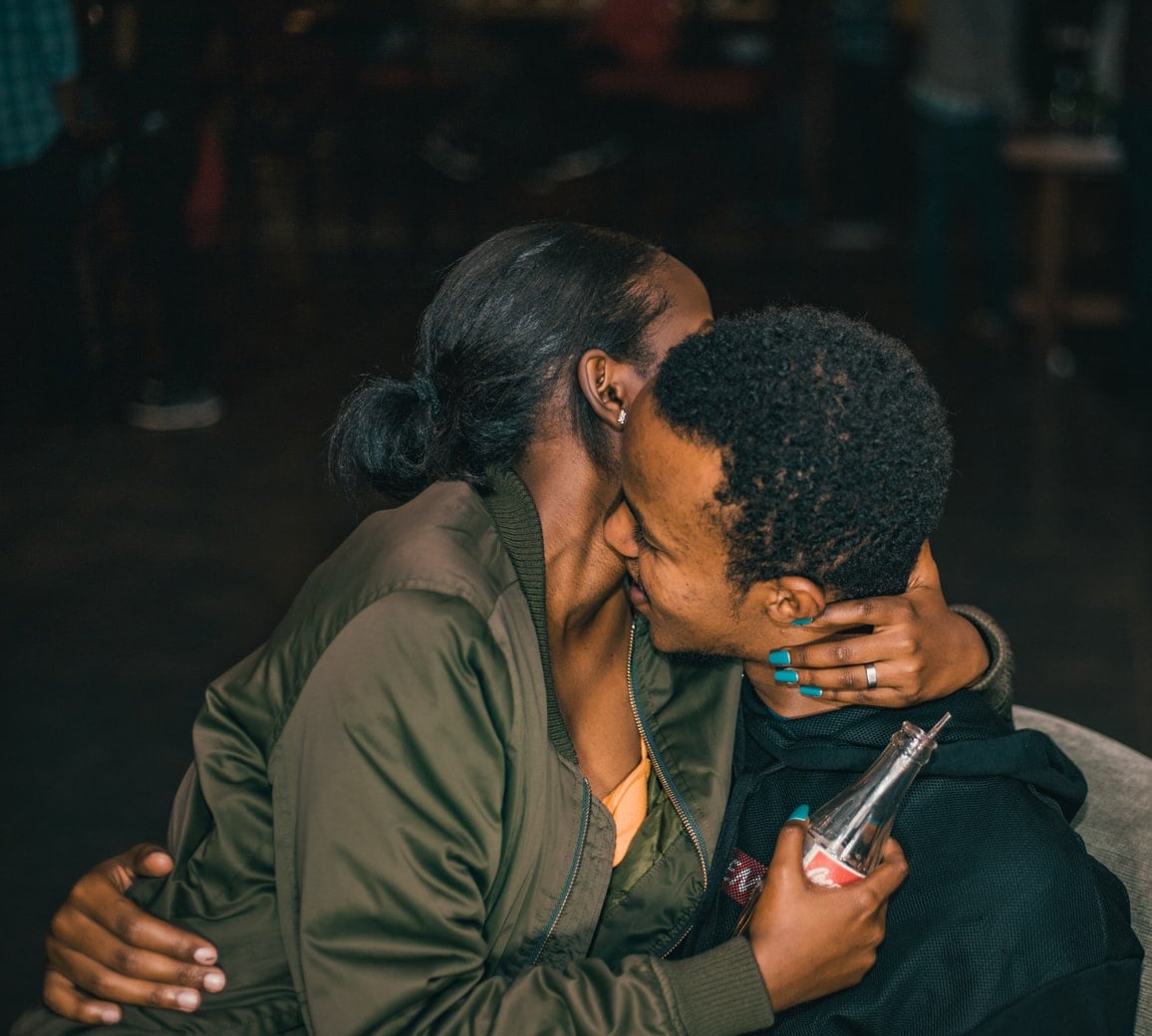
As a journalist, part of my job is to source my own photos. Typically, each publication has partnerships with stock marketplaces and journalists will select from there. I enjoy this part of the job — imagery helps enhance a story and tells readers what they can expect. Although enjoyable, searching for images of Black and brown people has become extremely time consuming because they are few and far between.
When searching phrases like "women," "weave [1]," or "fashion show [2]," nearly all images on the first 10 to 12 pages are of white women (or, in the case of weaves, bunches of yarn). It leaves me uncomfortable, thinking, Is that the only way a woman could look? Is typing in "weave" too foreign that yarn comes up instead? Why are Black people — or images showing the Black experience — buried deep among white people doing stereotypical activities?
Not only is there a limited amount of Black imagery available, I've noticed sites continue to circulate the same five Black images: a Black female hidden in the background of a boardroom, a Black man sipping on a coffee, an interracial couple (one of them being Black), a Black mother with her child, and a Black family watching TV. Why do these images populate over and over again? When you type in things like "travel," "office," "dancing," or "coloured hair [3]," though, only images of white people appear. But Black people like to travel, have office jobs, love to dance, and are constantly experimenting with our hair. So why isn't this shown?
These sites are compartmentalizing Black people into scenes that the majority can accept, and completing dismissing the other activities and emotions Black people have. They are not showing our full selves — and it is disturbing.
Accurate, authentic representation matters. Of course there are a few images, but they aren't authentic. They are taken through the white lens and how people perceive us, instead of how we think of ourselves. "Historically, photography was super male-dominated and often caucasian," Jordan Dyck, senior creative content manager at Shutterstock, told me. "That lack of representation really dictated a lack of diversity — in front of the lens and the models that we saw, and continue to see — in stock."
These sites are compartmentalizing Black people into scenes that the majority can accept, and completing dismissing the other activities and emotions Black people have. They are not showing our full selves
I want to see myself in a product, brand, or story that resonates with me. It's disappointing to see amazing Black photographers [4] grasping for recognition. The industry might have started off with white photographers, but the traction that Black artists [5] gain daily should have changed that. Why is it taking so long for stock marketplaces to reflect this? Dyck tells me that at Shutterstock, barriers to entry are quite low and that regardless of race or socioeconomic class, everyone has a fair chance. Like many other stock photography platforms, they are working on adjusting their algorithms so that keyword suggestion is more focussed. "Even though we're using an automated algorithm, our goal is to have our content become more representative of an inclusive world."
Stock photos are not just photos. They are small snapshots of normalcy, beauty, and acceptability. It affects you whether you know it or not. For too long, stock marketplaces have been promoting narrow, homogenous, white stories. These stories are all conveying one idea: if you don't look exactly like this, you don't belong. Failing to portray marginalized communities — Black and Brown specifically — stock photography and brands are further pushing negative and inaccurate stereotypes that harm these groups. After the viral killings of Black and Brown men (in just this year alone) companies all over have made promises and public declarations for their support of Black lives [6]. It's time to put action to those announcements.
If your goal is to have more representation and diversity across all touch points, tackling these content gaps in stock photography is a step in the right direction.